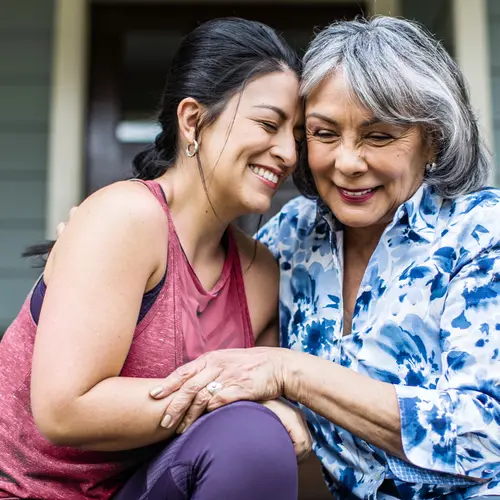The symptoms of MS, such as trouble with mobility, problems with your senses, and even some medication side effects, raise your odds for a fall. They may happen while you move throughout your house, walk around unfamiliar settings, or trip or slip on certain surfaces.
These accidents can seem unpredictable, but if you’re proactive, you can lower your risk for falls and avoid the physical injuries and mental stress they can cause. There are a lot of ways you can get started.
Manage MS, Lower Fall Risk
A focus on controlling your condition and your symptoms will go a long way in making you less likely to fall. You can:
Talk to your doctor. They can help you identify things that may affect your fall risk, like fatigue, low energy levels, or other symptoms that might cause you to be more likely to have an accident. Your doctor can help you manage and minimize the effects these factors may have on your safety.
Get a gait check. Trouble with walking, also known as your gait, is a common problem for people with MS. A physical therapist can diagnose any gait disorders and suggest exercises that could help you safely walk.
Get an expert assessment. Your health care team can give you a fall risk screening, which the American Academy of Neurology recommends for anyone with MS. There are different ways to do them, but usually, they’ll ask about any falls you’ve had, when you’ve had them, the causes or situations that lead to them, or if you had any injuries afterwards. They may also ask a family member about them.
Keep a diary to record any of your falls. You can bring this in to help your doctor give you a more accurate screening. From there, they’ll be able to tell if you need extra help to avoid getting hurt.
Begin an exercise program. Your doctor or physical therapist can help you create an exercise plan that can improve your balance, posture, core strength, and gait. That can help you lower your chances of falling. Rehabilitation programs, including physical and occupational therapy, could also help you avoid accidents.
Learn how to fall. Yes, there are good and bad ways. If you learn how to do it safely, you can lower your odds of an injury. Your doctor can help you learn ways to move your body when you feel that you’re about to lose balance. They can also teach you ways to get off the floor after a fall. This can help build your confidence and make you less likely to get hurt.
Ask for help. If you have issues walking or tend to fear that you’ll lose your balance, speak up. You’re not “giving in” to your condition by seeking help. Extra support from your doctors, family, and friends can help you avoid emotional stress, fatigue, and other injuries.
Fallproof Your Living Space
Many falls with MS tend to happen at home. So it’s a good idea to look for ways to address common trouble spots inside and around your house:
Get rid of tripping hazards. Remove slippery throw rugs, secure lifted carpet corners, tie up loose wires, and clear the floor of other objects so that you don’t run the risk of stumbling over them.
Add handrails to stay balanced. Install them in places where you might be most likely to fall, such as the bathroom, bedroom, garage, near stairs, or in hallways. In addition, check other grab bars or railings that already exist in your living space to make sure they’re stable.
Leave some lights on at night. It may be a good idea to leave a lamp or night light on in certain areas of your home in case you need to get up.
Use nonskid or nonslip pads. Adhesive strips or pads can help you avoid falling in places where it’s easy to slip, like the shower or on stairs.
Use a shower chair. A chair with nonskid legs can help you comfortably bathe. You can also use a transfer bench or another chair outside the shower to dry off while seated.
Pay attention to how you arrange your furniture. Allow yourself a clear path between couches, chairs, and other pieces of furniture. Don’t use chairs with swivels or wheels. This might make it harder to get up and could cause you to fall. Similarly, it may help to push furniture against the wall to keep it stable when you get up.
Modify your kitchen. Many kitchen cabinets require stools or for you to reach up to grab an item. Try to keep the tools and ingredients you use often on lower shelves to avoid overhead reaching. If you need to use a step stool at times, make sure it has a nonslip base and step surface with a handrail. Assistive grabbing devices, like a reacher, can also help you access things that are too high up.

